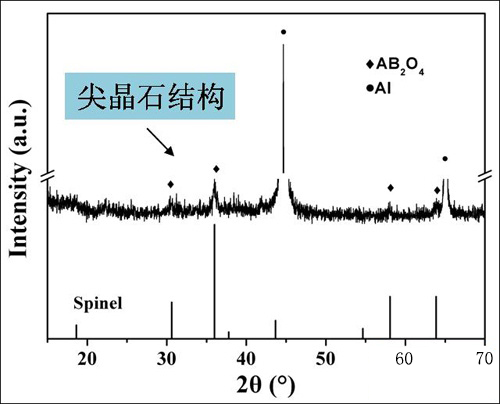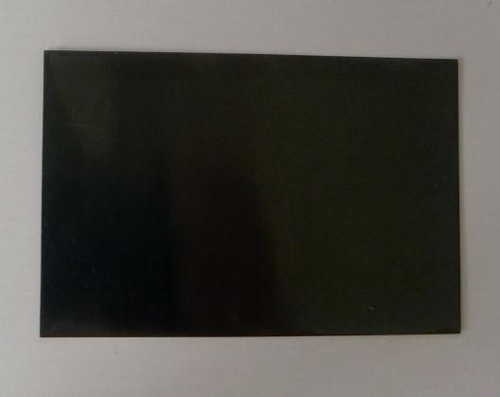The use of solar thermal energy needs to be achieved through solar collectors. With the development of solar building integration and solar thermal industrial applications, the use of solar flat collectors is increasing. According to relevant reports, the current annual domestic solar flat plate collector capacity has exceeded 38.8 million square meters.
Solar thermal film (coating) is the core component of the collector. However, the main methods for preparing solar heat-absorbing films (coatings) at present include paint coating methods, electroplating methods, sol-gel methods, magnetron sputtering methods, and the like. There are certain defects such as environmental pollution and narrow application range. , harsh processing conditions, high production costs and poor weatherability. Therefore, the development of green technologies and the production of high-performance, low-cost solar heat-absorbing films have become a technical bottleneck that is urgently needed in the field of plate collectors.
Researchers at the Lanzhou Institute of Chemical Physics, Chinese Academy of Sciences, after years of research, using more than two kinds of semiconductor spinel-type transition metal oxides, dip or roll the sol solution on the metal substrate by sol-gel method, under the catalytic effect Rapid sintering, the successful preparation of a high-temperature ceramic nanoheat-absorbing film with a pronounced spinel structure (Fig. 1), achieved a major breakthrough in theory and process technology.
The crystallization temperature of the spinel ceramic heat-absorbing film is reduced to about 460°C, and the crystallization time is shortened to within 10 minutes, making it possible to industrially produce a spinel-type ceramic solar heat-absorbing film. Then a layer of interference nano-anti-reflection layer is coated on the endothermic film, and its solar absorption rate can reach 0.95 and the emission ratio reaches 0.05, which is consistent with the current German magnetron sputtering solar heat-absorbing film. In addition, the endothermic film is resistant to high temperatures (>1000°C) and is also better in oxidation resistance and weather resistance. Since the thickness of the ceramic heat-absorbing film is controlled to be less than 200 nm, the stress change between the metal substrate and the ceramic film can be effectively eliminated, and it can be combined with the metal substrate firmly. Compared with the magnetron sputtering coating technology, its preparation conditions are more gentle, no high vacuum harsh conditions, low equipment and production costs, rich color variations, and a good market development prospects.

Fig.1 XRD pattern of spinel ceramic endothermic coating

Figure 2 Ceramic Solar Black Coating (as=0.94±0.02, eT=0.05±0.03)

Figure 3 Ceramic solar dark blue coating (as=0.95±0.02, eT=0.05±0.03)
During the process of road work, drop glass bead onto the road line painted with thermoplastic paint which is heated to certain temperature while the paint is still wet, thus to increase the reflectivity of road marking. According to the specification of Communication Industry Standard of the People`s Republic of China No. JT/T446-2001, the granulometry for drop on glass bead is shown in the table below:
Other parameters keep conformity with the type of intermix.
The glass bead can be produced based on the standard of countries or areas, such as EN1423/1424, AASHTO M247, BS6088, JIS R3301 and KS L2521 etc.

Drop On Glass Beads,Drop-On Glass Beads Road Marking,Reflextive Drop On Glass Beads,Drop On Glass Beads Jewellery Marking
CHIYE GLASS BEAD (HEBEI) CO., LTD , https://www.chiyeglassbeads.com